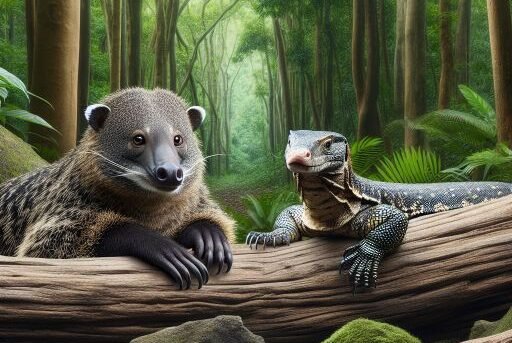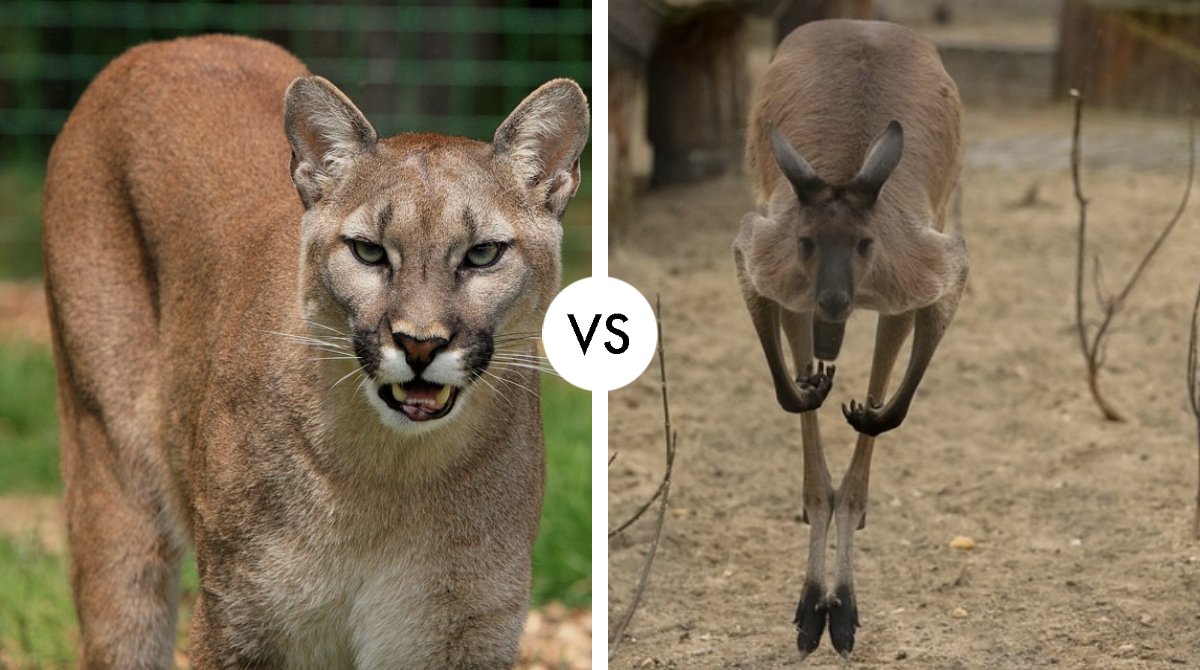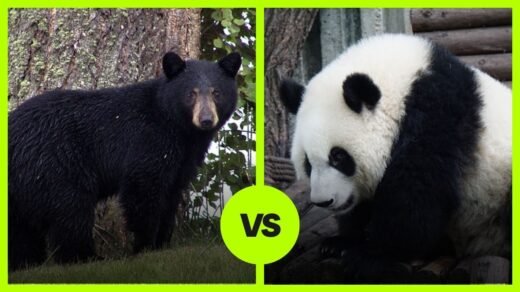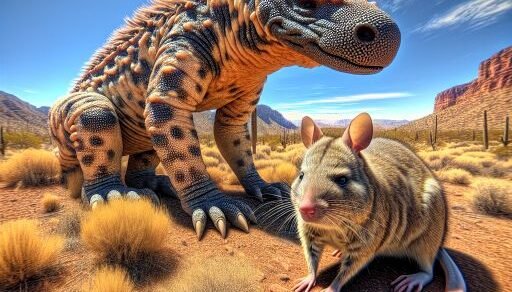Location and Habitat
The binturong, also known as the bearcat, is a vivacious creature found primarily in the dense rainforests of Southeast Asia, including parts of Indonesia, Malaysia, and the Philippines. These mammals prefer the thick canopy of the forest, where they spend a significant amount of their time lounging on branches, adeptly using their prehensile tails to navigate the lush environment. The binturong’s habitat is characterized by high humidity and abundant foliage, which provides them with plenty of opportunities to hide and hunt.
On the other hand, the monitor lizard, a group that includes several species like the famous Komodo dragon, inhabits a variety of environments across Africa, Asia, and Australia. These reptiles are highly adaptable and can be found in forests, arid deserts, and everything in between. Some species, like the Komodo dragon, prefer the rugged terrains of Indonesian islands such as Komodo and Flores. These lizards are often seen basking in sunny patches or burrowing into the ground to regulate their body temperature, showcasing their ability to thrive in diverse and challenging habitats.
Binturong vs. Monitor Lizard Comparison
| Animal | Size and Weight | Ability to Finish Opponent | Weaponry |
|---|---|---|---|
| Binturong | 60-95 cm in length, 9-20 kg in weight | Low; primarily uses defensive tactics | Strong jaws, sharp teeth, prehensile tail |
| Monitor Lizard | Varies widely; up to 3 meters in length and 166 kg | High; aggressive and territorial | Sharp claws, powerful tail, strong bite |
“`
Hunting and Skills
The binturong, also known as the bearcat, primarily feeds on fruits, but it also includes insects, small mammals, and birds in its diet. It hunts by using its strong sense of smell to locate food and its prehensile tail to balance and maneuver through the treetops, allowing it to access various food sources. As a largely arboreal creature, the binturong’s main defense against predators includes climbing to high branches and using its robust body and strong jaws to fend off attackers.
Monitor lizards, on the other hand, have a varied diet that includes insects, fish, other reptiles, small mammals, and birds. They are skilled hunters, using their speed and stealth to ambush prey, and their strong jaws and sharp claws to capture and kill. Some larger species, like the Komodo dragon, are known to even hunt deer and water buffalo. Monitor lizards also have tough, scaly skin that provides protection, and they can use their powerful tails as whips to defend against threats. They are also known to be good swimmers, which can help them escape predators or catch aquatic prey.
Binturong vs. Monitor Lizard Who Would Win?
The binturong, with its strong jaws and agility, initially tries to bite and claw at the monitor lizard. The monitor lizard, equipped with tough scales and a powerful tail, defends itself by whipping and trying to bite back. The fight is intense, with both animals using their natural weapons. However, the monitor lizard’s resilience and ability to inflict serious wounds with its bite gives it an advantage. After a prolonged struggle, the monitor lizard manages to overpower the binturong.
Winner: Monitor Lizard with a 65% chance of winning.




